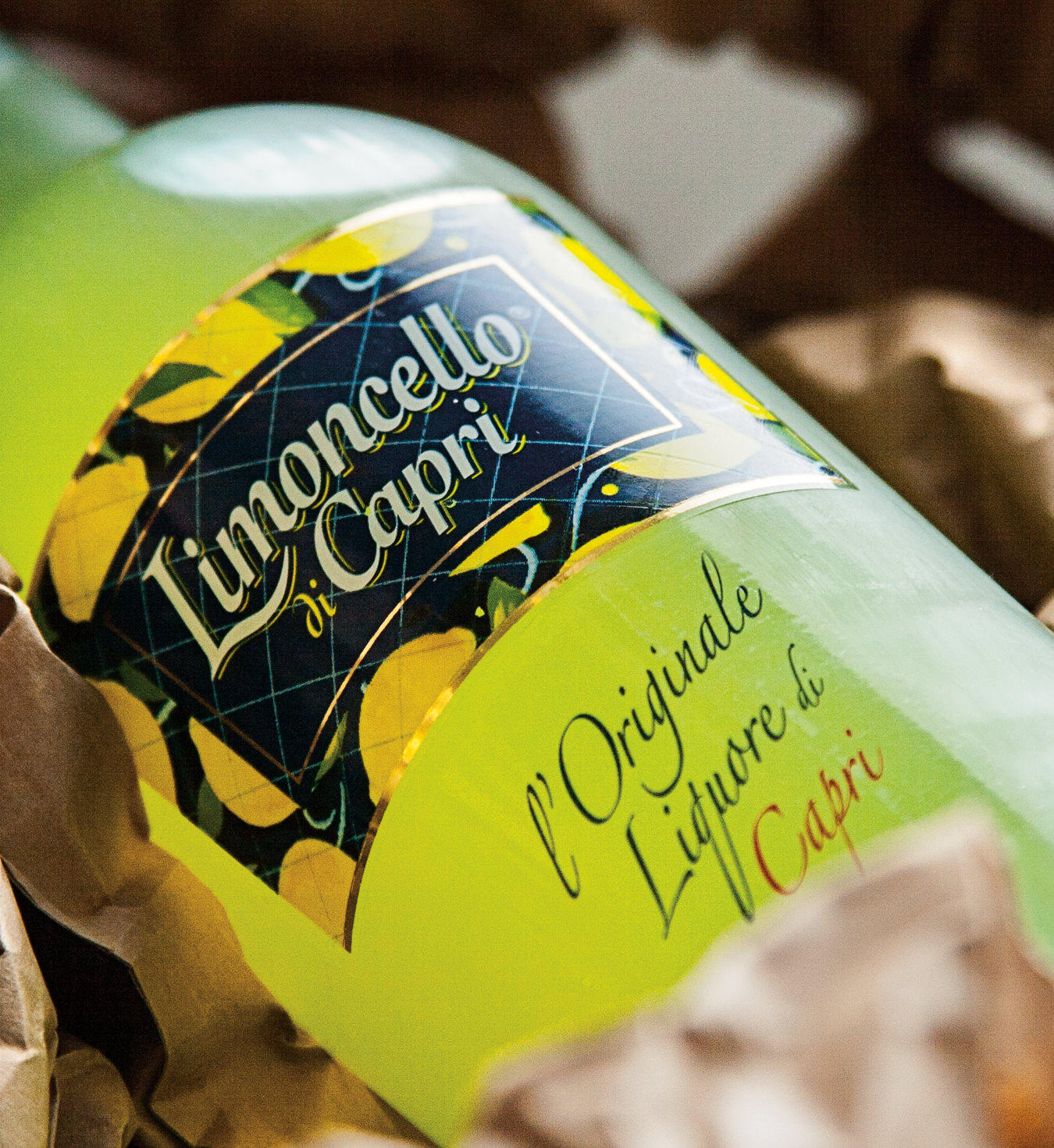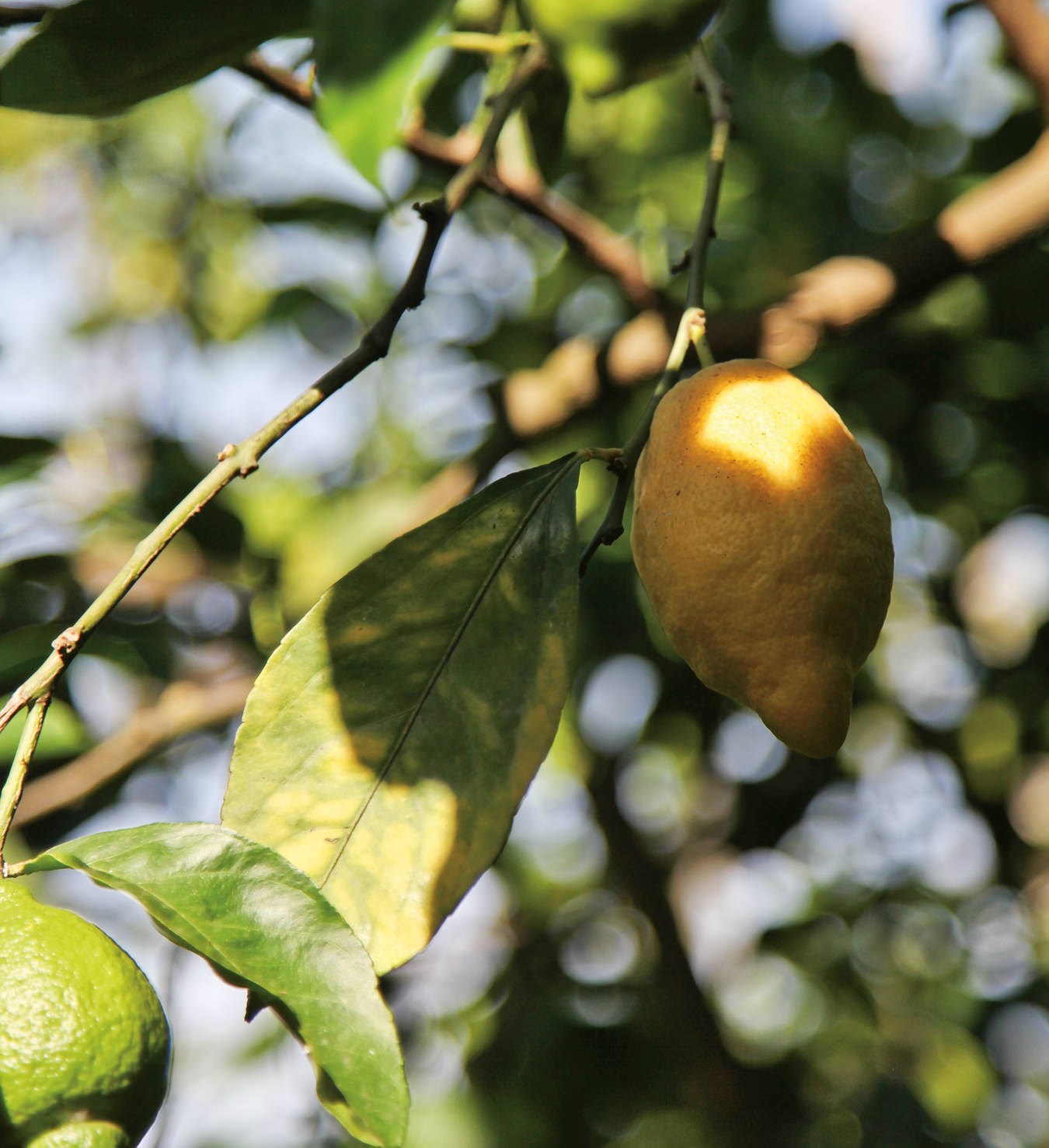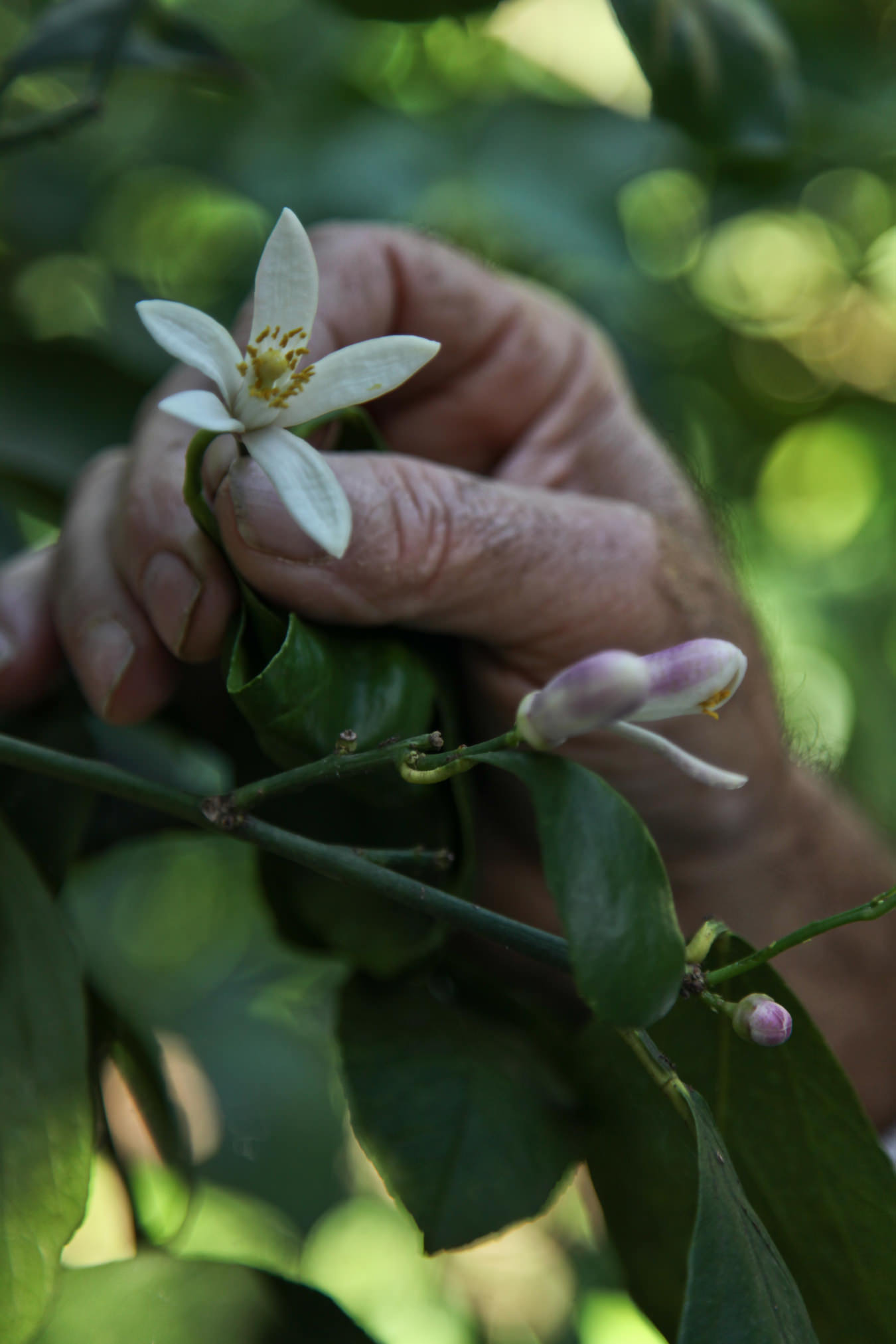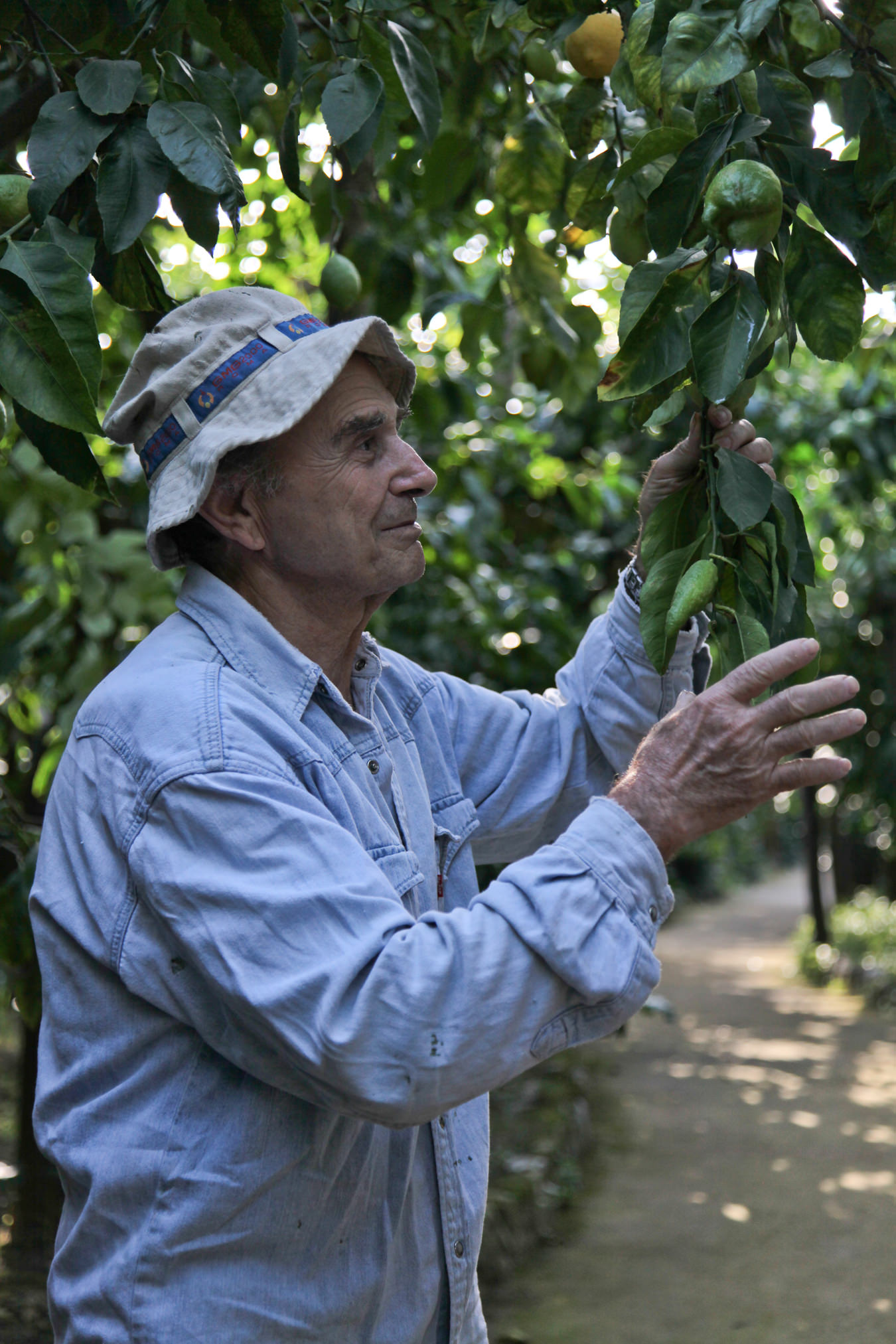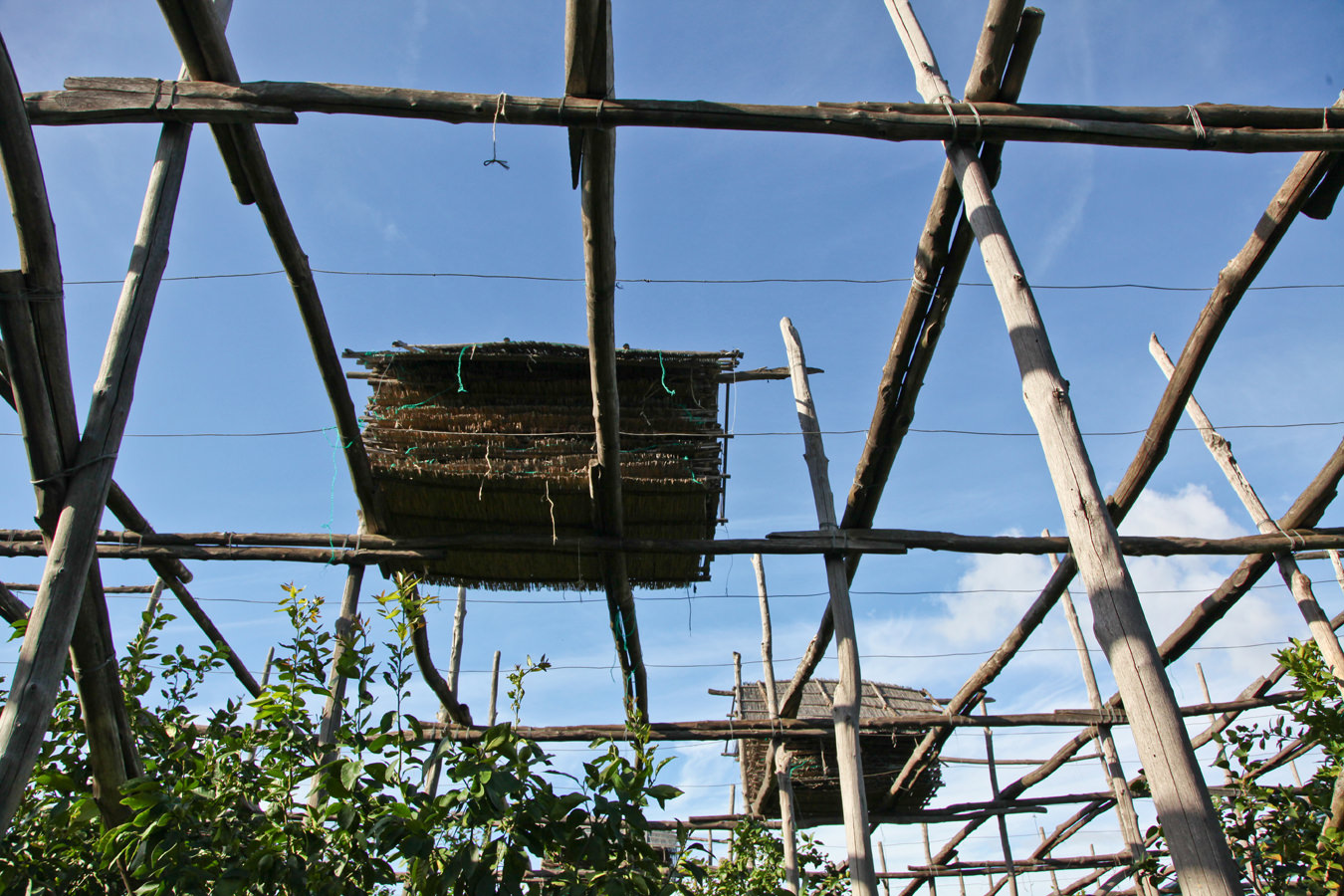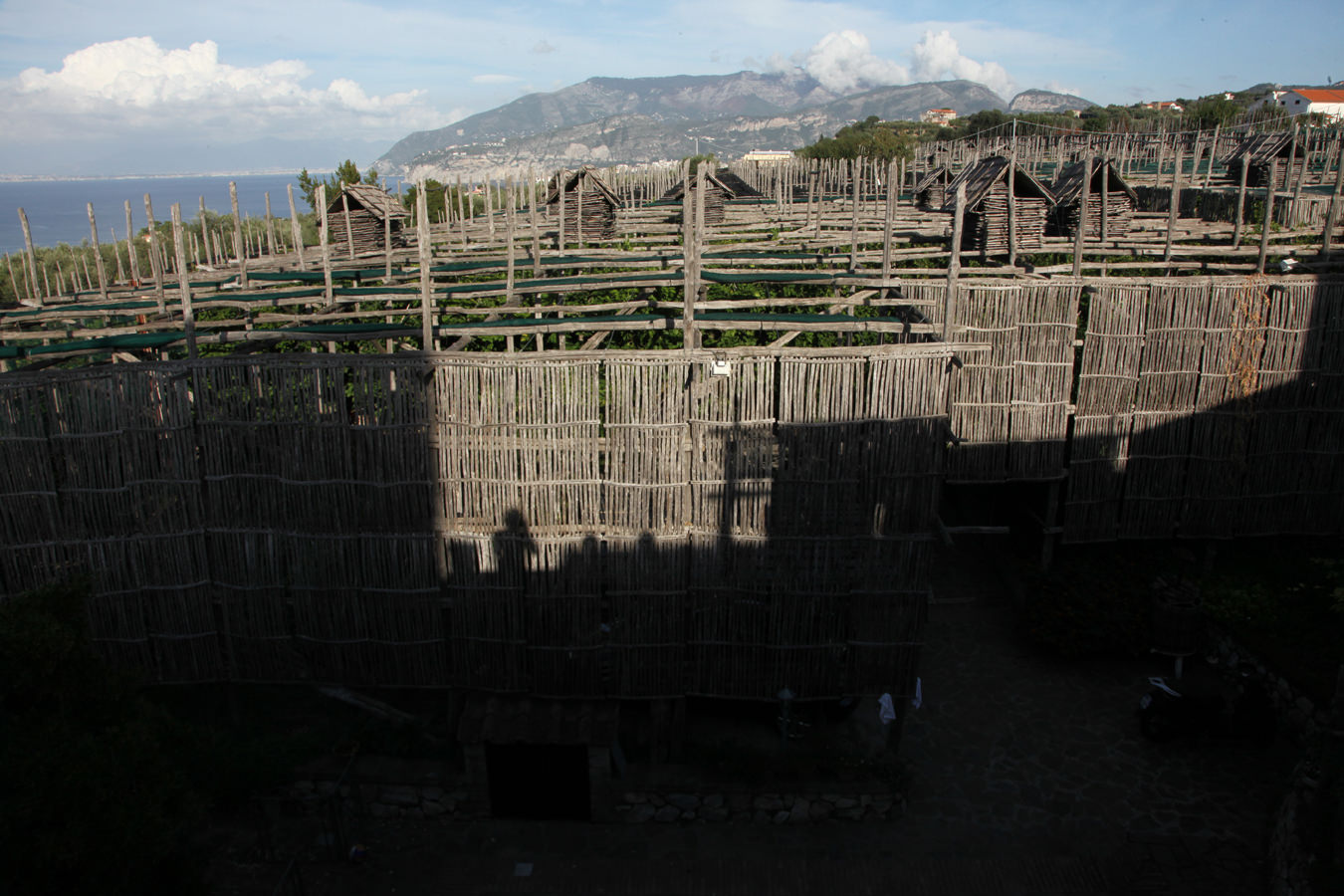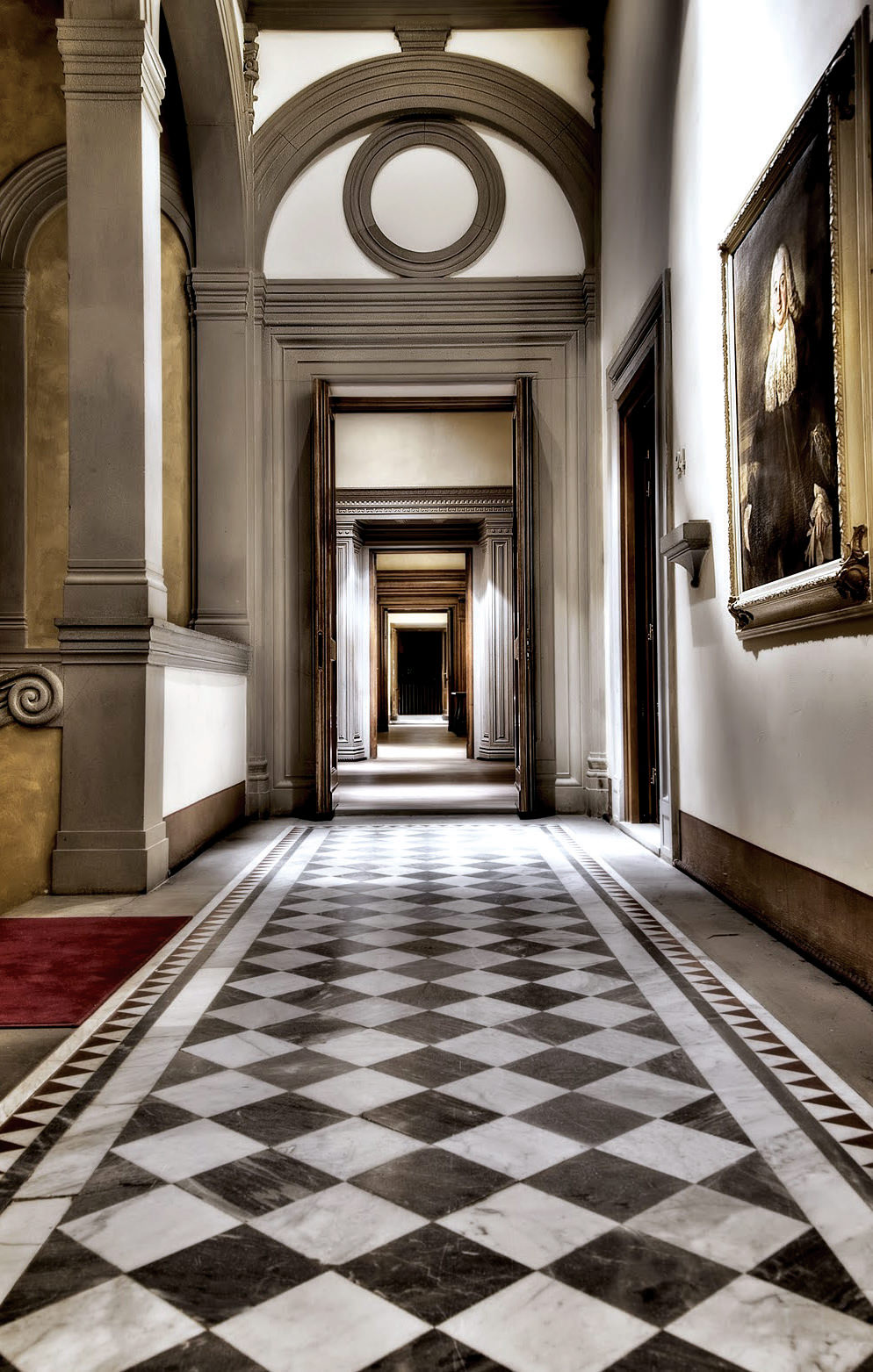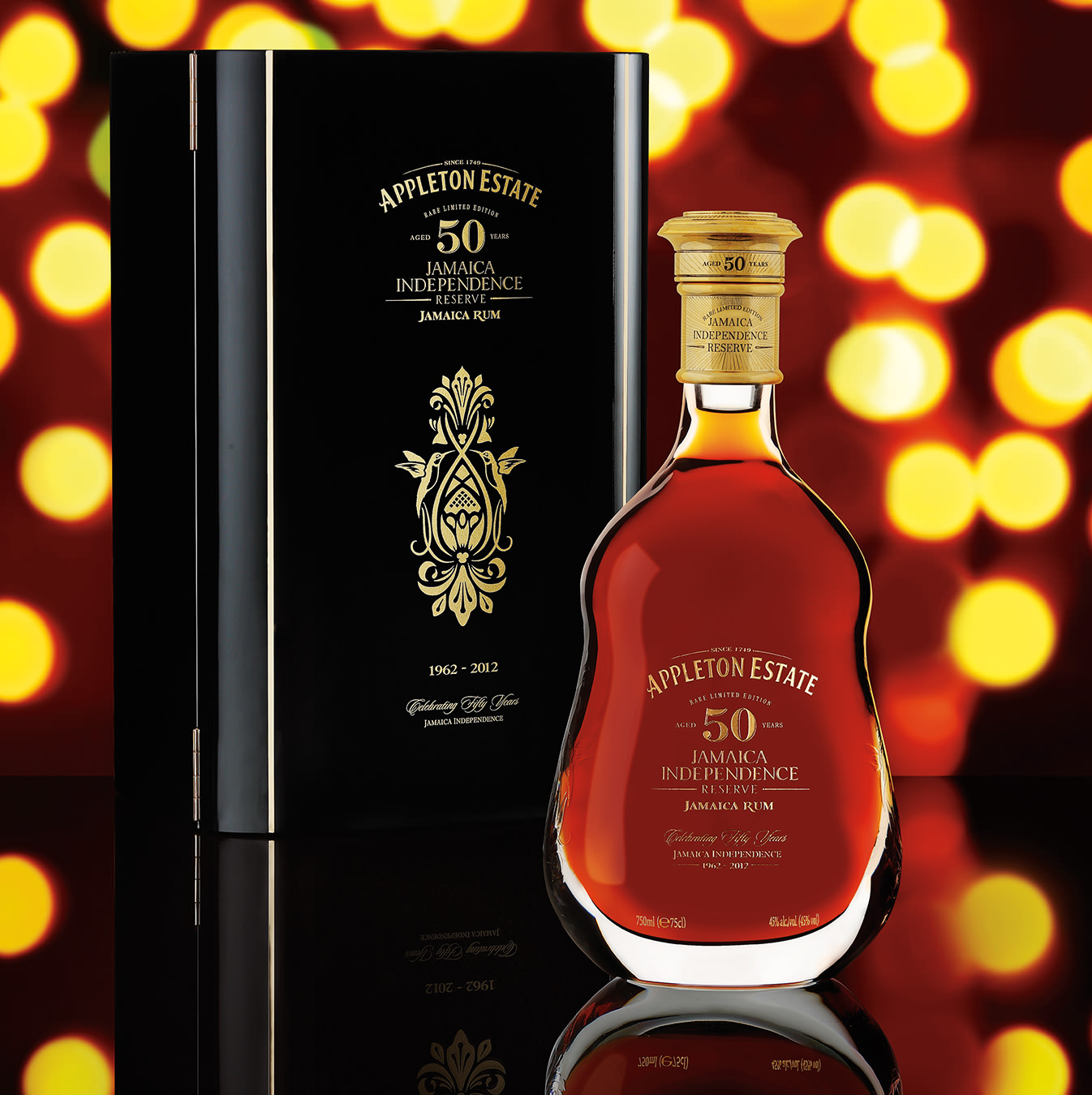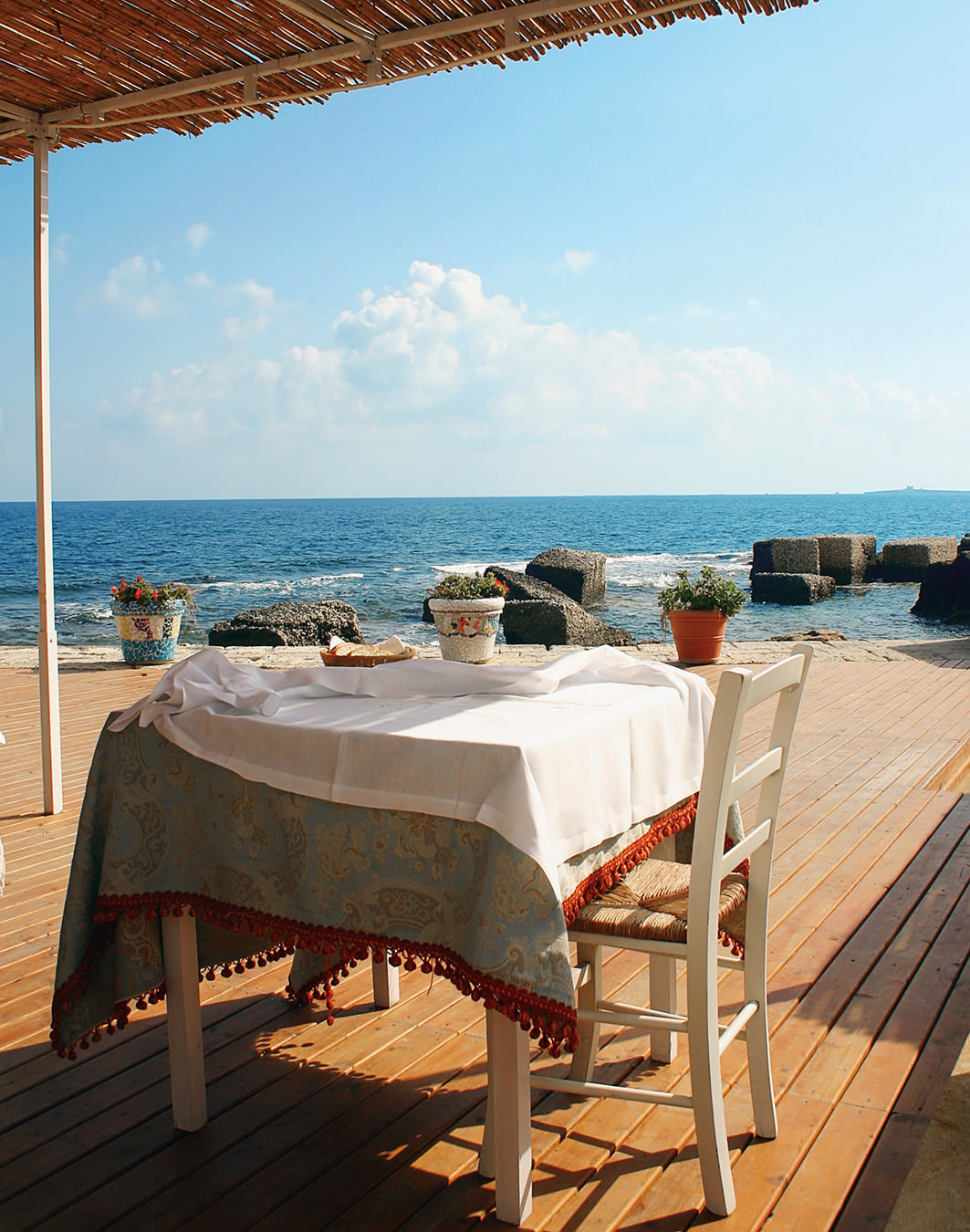Limoncello di Capri
The one and only.
The steep-cliffed, narrow winding roads of the island of Capri can make you feel like you are riding along in the back seat of Cary Grant’s coupe, Grace Kelly fussing with the picnic basket beside him. Capri, nestled in the Tyrrhenian Sea, within view of Mount Vesuvius, Naples, Ischia, and its most proximate neighbour, Sorrento, still retains that glamorous ambiance, as if it were captured in some sort of time capsule.
Vincenza Canale was proprietress of the pensione Casa Mariantonia, founded near the end of the 19th century, and ran a bustling hotel business. She was much revered for her hospitality; no client’s needs were left unmet. In the late 1930s, she decided an after-dinner cordial, not anything like the grappas of the region, would be a good touch. She worked with Caprian lemons, some from her own backyard, using only the rinds, soaking them in grain alcohol in a cold infusion. She called the concoction “limoncello” (as a derivative of the Caprian word limonillo), and soon enough clients started coming to the pensione just to buy a bottle of it. Demand became such that she built a little commercial business, producing enough to meet demand.
Upon Signora Canale’s passing, the pensione sank under the loss of her close attention to detail. But the limoncello continued production, and sales were steady. Her grandson Massimo returned to the pensione in 1988 and, with his sister, resurrected it. He also registered the name “Limoncello di Capri”, the first in the world to do so. Lemons from only the Sorrento and Capri I.G.P. (Indicazione Geografica Protetta, the European Union’s stamp of authenticity of origin) are used in this product, and it contains no additives, artificial ingredients, or stabilizers. It is a full-on completely natural product.
The distillery itself sits near a cliffside in the hills above the main port, a relatively tiny building where three or four aproned and gloved and hatted employees, among the 18 overall employed by the company, tend to the production. All the lemons are purchased directly from farmers who have been vetted by the company, to ensure quality at every phase of growing and then of production.
One such farmer in Sorrento, whose lemon groves were planted in the 16th century by Jesuits, also runs an agriturismo, with six rooms. It is called Il Giardino di Vigliano, and it has been run for three generations now by the Nunziata family. They supply lemons to Limoncello di Capri, and still use the system of trellises and canopies built by the Jesuits. This, says Massimo, is “typical of the places we buy the lemons from. We know all the growers, personally.” There are many versions of limoncello available, the majority of them using artificial flavouring, so there is good reason to seek out the one and only Limoncello di Capri.
The lemons are peeled by a highly specialized machine in Sorrento. The peels are vacuum-packed and sent over to Capri for the infusion. “Vincenza used horses, carriages, donkeys, to get the rinds up to the albergo in the old days,” says Massimo, gently shaking his head. Fresh local water is used, sugar and water added to the miscela after five days of soaking. A final filtration before bottling, and you have one of the world’s great delicacies.
Mario Molinari, whose company Molinari Italia purchased Limoncello di Capri a few years ago, says, “We are always looking for special products, which we can then introduce into our distribution and sales system. But we want to work only with the best.” Molinari’s grandfather was creator of Sambuca Extra Molinari, which rose to prominence during the 1960s. Today, Molinari controls a full 80 per cent of the Italian sambuca market. Safe to say, Limoncello di Capri is in good hands.
But what, after all, does it taste like? Yes, you can pour it over ice cream, ice it, and use it in a variety of cocktails, but ideally this drink is best taken cold, and straight. It is a lovely lemon-lime colour, and has an explosive bouquet of fresh-squeezed lemon. On the palate, it is not overly assertive, but distinctively lemon, with a mild earth tone and good acidity, not in any way too sweet. It is balanced, nuanced, a perfect aperitivo or a perfect digestif. Both, if you are in that kind of mood. And if you are drinking in Sorrento or in Capri, chances are that is exactly the kind of mood you will be in.

